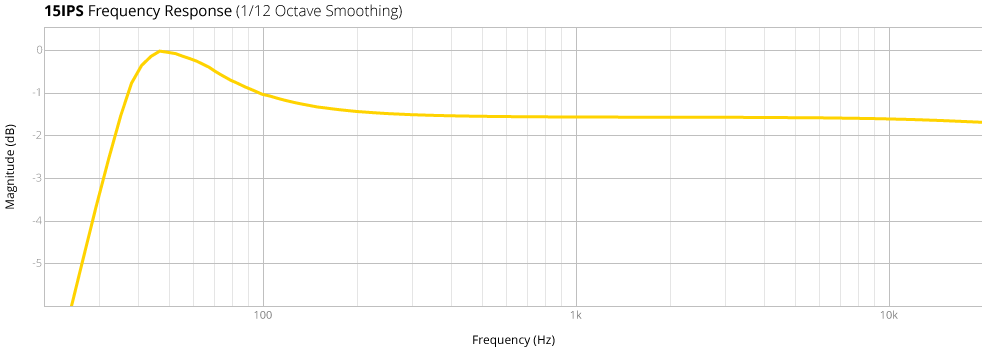DIYRE
15IPS mkIII Tape Saturation Colour
$75.00
- Full Kit
- Step by Step Guide
- Supported
- $50 Repair Policy
- Beginner
The compression, saturation, and tone of analog tape. (Everything but the hiss.)
For decades analog tape was the sound of records. Then the technology changed, but our ears didn't. Things tracked on tape just sound fuller, warmer, and more "finished" by default than things tracked digitally. Bring the sound of tape back to your recordings with the 15IPS Colour.
The sound of tape comes from three things—compression, harmonic saturation, and filtering—and the 15IPS does all three.
Compression
Tape has a "built-in" compressor; that is, it can only take so much signal and anything above that limit is compressed. The 15IPS' ladder of diodes recreates this soft clipping, making sounds fuller and more present in the mix without adding more volume.
Saturation
The "warmth" of tape comes from the harmonic saturation of both the tape itself and the electronics of the tape machine. The 15IPS' diodes emulate the harmonics generated by the tape, while the discrete transistor circuitry creates the complex harmonics of a vintage tape machine.
Tone Filtering
Part of tape's distinctive sound is its non-linear frequency response: a low-end roll off with a "bump" at the cutoff frequency. The 15IPS features a 40Hz resonant high-pass filter that simultaneously makes the low-end tighter and larger-than-life.
FEATURES
- Tape-like soft limiting with NOS germanium diodes
- Multiple class-A transistor stages for richer, more complex harmonic saturation
- Resonant high-pass filter simultaneously clarifies and magnifies low end
- Compatible with the Colour format
- Yellow PCB
- Full, step-by-step assembly instructions and support
Note on Revisions
The 15IPS is currently on its third revision. The 15IPS mkI, (2014-2019), featured an IC opamp and a relatively high clipping resistor for more saturation. The mkII (2019-2023) replaced the IC with a discrete, class-A transistor circuit and reduced the clipping resistor to widen the sweet spot of the Colour. The current version, mkIII, is identical to the mkII but with schottky diodes instead of germanium. An additional resistor in the clipping circuit replicates the character of the original diodes exactly. However, because the gain staging is slightly different between each one, two 15IPS from different revisions will not make a stereo pair.
What the Pros are Saying

"Even a little bit of the 15IPS adds a warm vibe and a huge low end. Just switching it in can thicken up a kick drum, bass or even a whole mix. With more drive, 15IPS gives a great saturated tape-like squash."
-Paul "Willie Green" Womack
Wiz Khalifa, The Roots, Donnie McClurkin, Billy Woods









